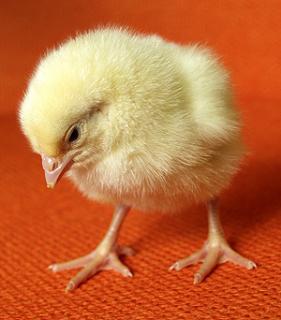Australia still has an egg problem.
A raw egg problem.
With the holidays and warm weather, Australian Food Safety Information Council chairman Michael Eyles, warns that trying out new recipes this time of year can be great fun but food poisoning bugs  can survive and even grow quickly in foods containing raw egg, like eggnog, home made mayonnaise and desserts such as tiramisu and chocolate mousse, if they aren’t handled properly.
can survive and even grow quickly in foods containing raw egg, like eggnog, home made mayonnaise and desserts such as tiramisu and chocolate mousse, if they aren’t handled properly.
“OzFoodNet has shown that consumption of foods containing raw or minimally cooked eggs is currently the single largest cause of foodborne Salmonella outbreaks. In their most recent nine year survey period they have linked 68 food poisoning outbreaks to eggs with 1404 Australians becoming ill, 322 hospitalised and 2 deaths.”
But it’s not just handling. Yes, refrigerating raw egg dishes will contain risk, but does not eliminate risk. To adapt to the Australian egg climate, every time I’m at an Australian restaurant and offered aioli or mayo, I have to ask if the sauce is raw. Servers and chefs look at me like I’m some new world barbarian who wants eggs somewhat cooked.
A table of raw-egg related outbreaks in Australia is available at http://bites.ksu.edu/raw-egg-related-outbreaks-australia.







.jpg) AUSTRALIA – Currently the NSW Food Authority is investigating 49 cases of Salmonella poisoning, suspected to be from consuming foods containing raw egg.
AUSTRALIA – Currently the NSW Food Authority is investigating 49 cases of Salmonella poisoning, suspected to be from consuming foods containing raw egg. Seafood was a repeat offender, and some others:
Seafood was a repeat offender, and some others:.jpg) taking another undercover job in agriculture. He said that when workers needed to enter an older barn, they would first open doors and rev up exhaust fans, and then rush in to do their chores before the fumes became overwhelming.
taking another undercover job in agriculture. He said that when workers needed to enter an older barn, they would first open doors and rev up exhaust fans, and then rush in to do their chores before the fumes became overwhelming.
 most of those who got sick were young children.
most of those who got sick were young children.